James Campion is a freelance journalist and essayist, as well as a columnist and contributing editor for the Aquarian Weekly. He cohosts a music podcast, Underwater Sunshine, with Counting Crows front man Adam Duritz, as well as a music interview show, Sunshine Spotlight. He lives in the New Jersey woods with his wife, daughter, three cats, and one lizard. This is his eighth book.
This book could not have been conceived, begun, or certainly completed in one year without the support and love of my girls. My wife Erin and my daughter Scarlet took my pledge to work on the project during the time we were quarantined from April of 2020 until the end of March 2021 and summarily came along for the ride, providing me time, space, quiet, and an enviable amount of leeway to pace and moan without murdering me. We were all in this togetherErin teaching yoga and Scarlet in virtual school daystoughing out the long months of isolation in our own tight-knit hub. I am the luckiest of men. I get to be a loner, writer crank, obsessed with minutia and fast-approaching deadlines, engulfed in research (books and such strewn everywhere) while simultaneously feeling loved or, at the very least, tolerated. I love them so much and need every reader to know what you hold in your hands would not exist without their emotional sustenance, patience, and fortitude.
A true champion in the making of this book is John Cerullo, senior executive editor at Rowman & Littlefield, who got my idea right away and prompted me to pursue it. When I wrote him as the pandemic hit to tell him I was diving in, he was extremely supportive and an excellent guiding light throughout. John was the voice from outside the hub that kept me grounded in some kind of reality.
Carol Flannery, senior acquisitions editor at Backbeat Books, was a kind and reassuring voice in the readying of my manuscript.
Laurel Myers, editorial assistant at Rowman & Littlefield, is my hero. Sorry you had to deal with a crazy writer. You did so with grace and determination, always making me believe this book was your baby too.
Naomi Minkoff, associate production editor, in London for R&L, did a masterful job chaperoning the editing of this book with my intrepid copyeditor Jocquan Mooney, who kept the thing from going off many cliffs. The same goes for Chris Chappell, who jumped in at the eleventh hour to see this project to its conclusion. I thoroughly enjoyed even our most contentious discussions. Look forward to working with him in the near future.
Many thanks to the professors who gave their time to this crazy idea, all of whom I had never met previously. They provided gravity to my research and depth in our many discussions on the musicology, history, sociology, psychology, philosophy of song, and Hey Jude in particular. Author, composer, musician, and philosophy professor, Dr. Randall Auxier of Southern Illinois University; Dr. William Boone, popular music lecturer at North Carolina State University; adjunct assistant professor of keyboard studies, at University of Cincinnati CollegeConservatory of Music, John Deaver, who is also the director of music at Trinity Episcopal Church, Covington, Kentucky; professor of psychology at Bucknell University, Andrea Halpern, who is also an accomplished vocalist; recording engineer veteran, and lecturer at NC State University, Aaron Keane; musicologist and musician Dr. Tom Koch of North Carolina State University; associate professor of music theory at Indiana University, Frank Samarotto; associate professor of writing at the University of Evansville, Katie Darby Mullins; professor of Afro-American studies at the University of Wisconsin Madison, Alexander Shashko; sociology professor Joel Stillerman, at Grand Valley State University; and professor emeritus at the University of WisconsinMadison, Craig Werner. The entire foundation of this endeavor rests on their dedication and expertise.
My journey to meeting these learned minds began before I even started writing, when I reached out to professor of history at Rutgers, Jennifer Mittelstadt. Despite rejecting my request for an interview on the grounds that she thought her academic discipline might be boring, she politely thanked me for honoring her and introduced me to one professor that led to another and then another. She started all this. Blame her. A second woman/culprit in all this, who was instrumental in expanding my professorial scope, is my beloved cousin Lynn Ruggiero. She sprang into action when I informed her of my project in the spring of 2020 while taking in a morning constitutional with her and my mom in Apex, North Carolina. Turns out she conveniently had a neighbor whos a musicologist. After interrupting Dr. Koch as he mowed his lawn with the out-of-the-blue summation of my idea, I was on my way.
Perhaps my favorite part of any research is picking the brains of fellow authors who have trod the paths I find myself traversing, and not one of these gentlemen disappointed. Gratitude goes out to them all for not only adding texture and humanity to these pages but for being crucial sounding boards and rooting me on, assuring me that I was finding new ground on a well-worn subject and to keep plugging no matter what. McCartney biographers Peter Ames Carlin and Howard Sounes; essayist and archivist Devin McKinney; Rolling Stone contributing editor, Rob Sheffield; and the deans of Beatles musical deconstruction, professor of music theory at Michigan University, Walter Everett; and Tim Riley, associate professor and graduate program director at Emerson College. The fluidity in these authors thinking and our lively discussions went beyond mere interviews. They were a primary part of the narrative and the creative process. Special thanks to Professor Riley, who enthusiastically prompted me to read McKinneys and Sheffields books, both of which are my favorite summations of the Beatles phenomenon. He then vouched for me with both these guys, and man, this book is better for it.
I would also like to thank the legendary music journalist, author, and my hero, Greil Marcus, whose correspondence and kind words on my work were an incredible boon to my spirits throughout. This is likewise true of the encouragement I received from leading Beatles historian Mark Lewisohn, along with his quick email responses to my goofy questions, which sustained my momentum.
I truly appreciate the time and enthusiasm Beatles lecturer and founder of the Deconstructing the Beatles seminar, Scott Freiman, lends to this book. The same goes for one of the most important visual artists of the golden age of rock and roll, Michael Lindsay-Hogg. His generous correspondence and uncanny memory for detail on working with the Beatles and his planning and directing one of the most influential promo films in pop music is nothing short of a literary blessing.
Last, but certainly not least, are the contributions, interviews, chats, phone calls, emails, and general insights from my songwriting heroes and friends from nearly every generation of the pop/rock craft. I could not have gotten to the core of Hey Jude without Sen Barna, Dan Bern, Adam Duritz, Jesse Epstein, Orenda Fink, Eric Hutchinson, Stephen Kellogg, Alex Knight, Kiley Lotz, Jackie McLean, Matt Sucich, Maria Taylor, and Elizabeth Ziman.
All the interviews herein were duly transcribed by my two hearty assistants Leslie Acuna (the former) and Jessica Marshall (the current). They are the stalwarts behind this project. Jess was also a huge help in tracking down some leads.
Special thanks to a creative partner who always raises my game, Roberto Tatis, for coming in and designing the cover to this book when we were all at a loss. He continues to astound after these many years.
As always, I cannot complete a music book without the stamp of approval and much-needed analysis from my dear and talented friend Peter Blasevick.


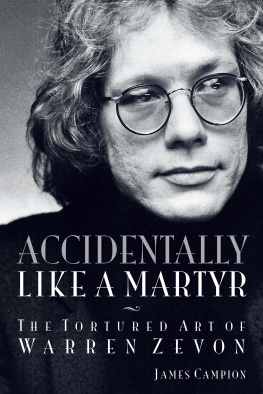
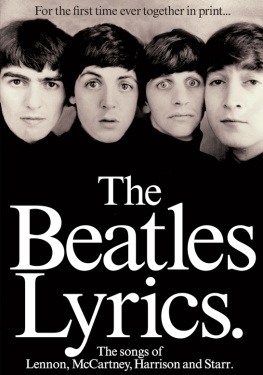
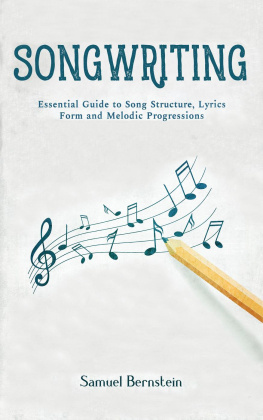
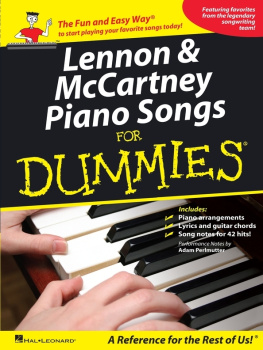

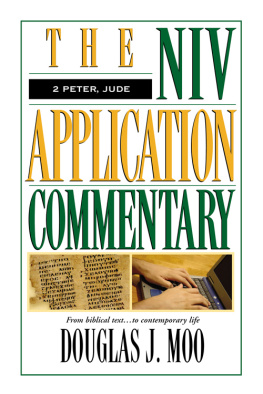

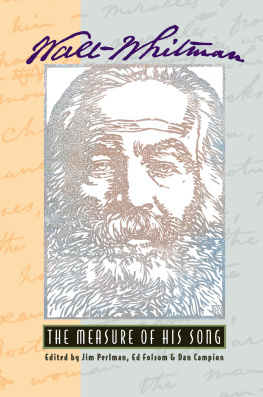
![Lyn Gardner [Lyn Gardner] - Rose Campion and the Christmas Mystery](/uploads/posts/book/141372/thumbs/lyn-gardner-lyn-gardner-rose-campion-and-the.jpg)